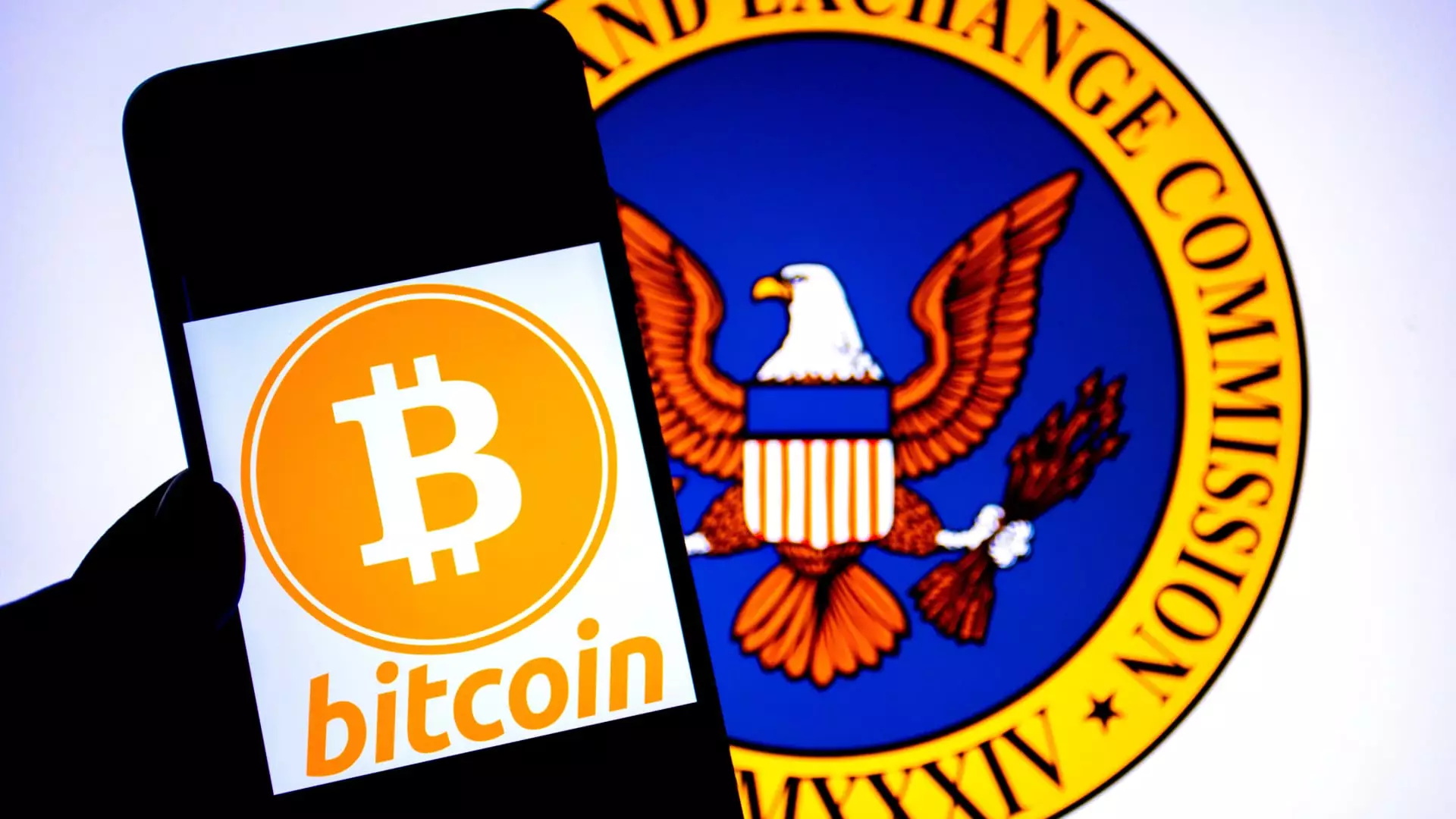In a surprising but significant policy shift, the U.S. Securities and Exchange Commission (SEC) has decided to rescind Staff Accounting Bulletin 121 (SAB 121), a rule that mandated banks treat cryptocurrencies like Bitcoin as liabilities on their balance sheets. This regulatory change comes after considerable lobbying efforts from the cryptocurrency sector, aiming to facilitate easier integration of digital assets into mainstream financial operations. SAB 121, which was introduced in 2022, imposed stringent capital requirements on financial institutions, effectively raising the costs and operational risks associated with crypto custody services. Consequently, Wall Street’s engagement with cryptocurrencies was severely hindered, limiting their potential growth and adoption in traditional financial markets.
The movement to overturn SAB 121 garnered bipartisan support in Congress; however, an attempted repeal was eventually vetoed by then-President Joe Biden. This political dynamic illustrates a broader conflict in the regulatory landscape, reflecting differing philosophies on how to manage the burgeoning crypto sector. Despite efforts to create a balanced framework for digital assets, banks were largely restricted to offering derivatives and ETFs, leaving them at a competitive disadvantage compared to more agile fintech companies and non-bank entities in the crypto space. The SEC’s latest announcement marks a notable shift in this narrative, allowing banks renewed opportunities to explore cryptocurrency integration without the fear of crippling regulations.
SEC Commissioner Hester Peirce, appointed to lead a newly established “crypto task force,” echoed the sentiments of many in the industry when she celebrated the repeal of SAB 121. Her advocacy for a coherent and streamlined regulatory approach suggests a commitment to fostering an environment where both Wall Street and innovative blockchain technologies can coexist and thrive. This new task force could pave the way for comprehensive guidelines that clarify not just how banks can engage with digital assets, but also the broader implications for the financial ecosystem.
In light of this regulatory change, banking executives are cautiously optimistic. At the recent World Economic Forum in Davos, industry leaders like Goldman Sachs CEO David Solomon expressed a reevaluation of their positions on cryptocurrency ownership. With the SEC’s decision, banks may consider expanding their digital asset offerings significantly, especially if future regulations continue on this relaxed trajectory. As sentiments in Washington shift, the onus will be on financial institutions to adapt and innovate to capture the opportunities presented by a burgeoning digital economy.
The SEC’s reversal of SAB 121 signifies a pivotal moment in the relationship between traditional finance and cryptocurrencies. It reflects an increasing recognition of the necessity for banks to evolve alongside technology, particularly as consumer demand for cryptocurrency services grows. While uncertainties remain, the potential for partnership between established financial institutions and emerging crypto platforms could herald a new era for both sectors. As regulatory frameworks become more accommodating, the boundary between traditional finance and digital currencies continues to blur, promising a dynamic and synergistic future for the financial landscape.

